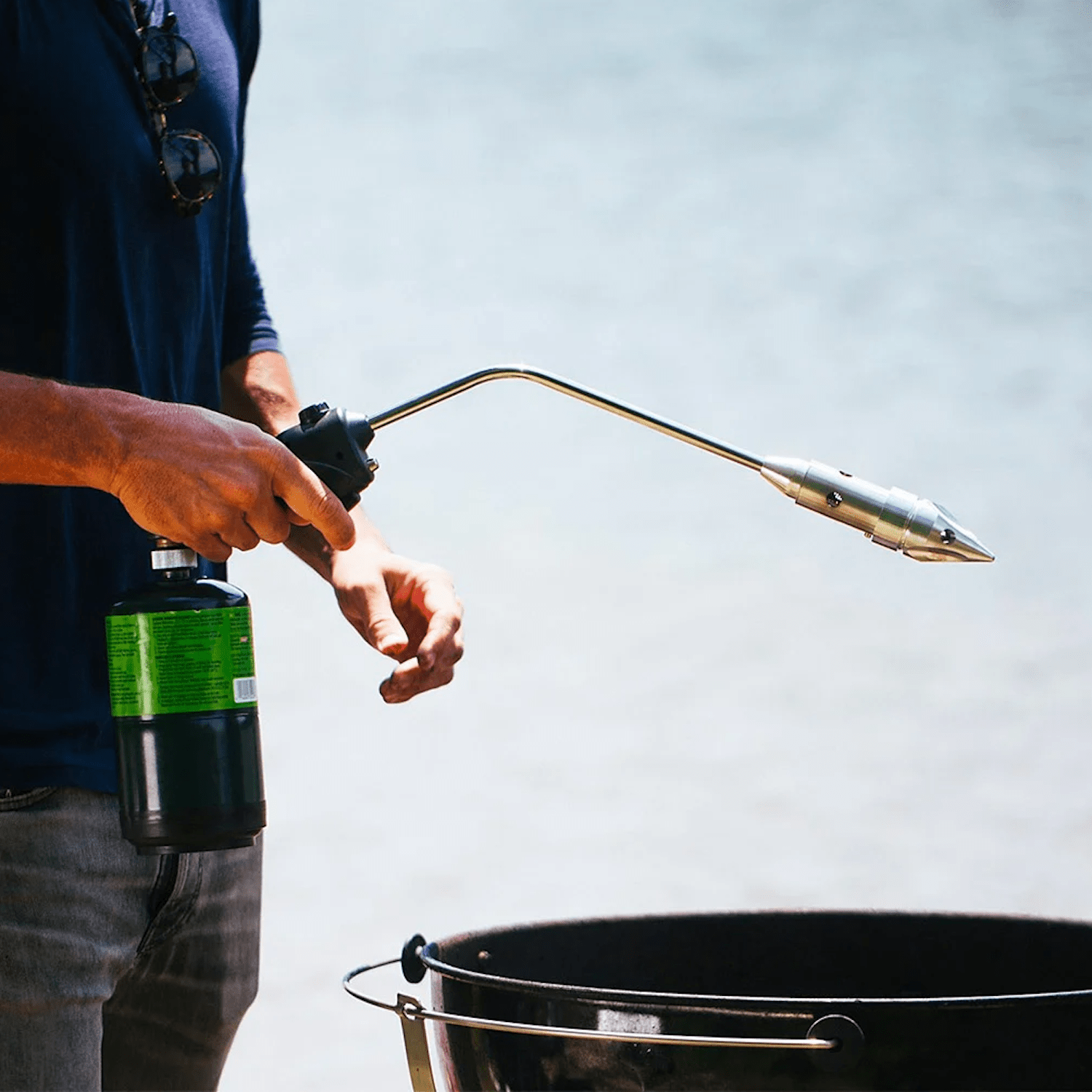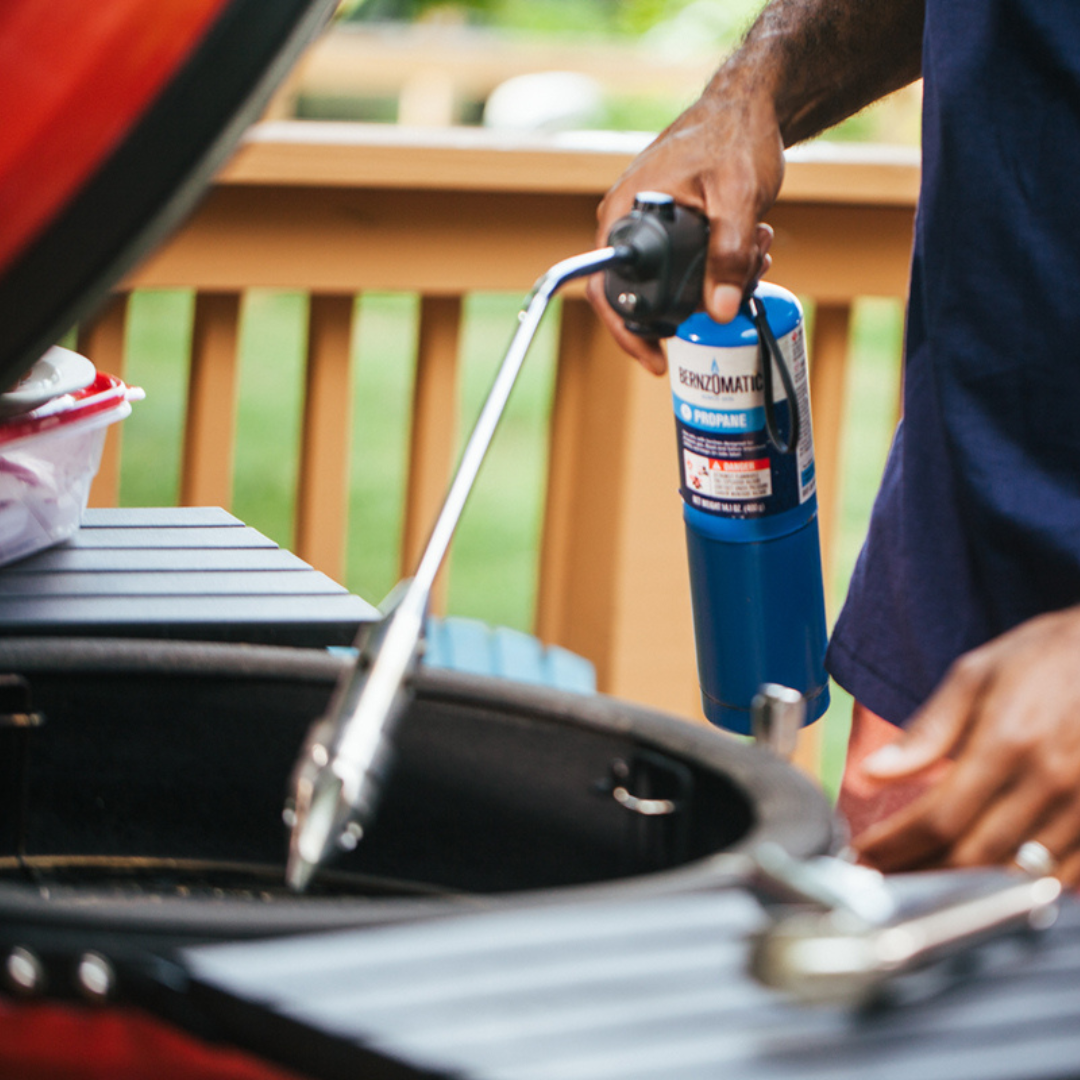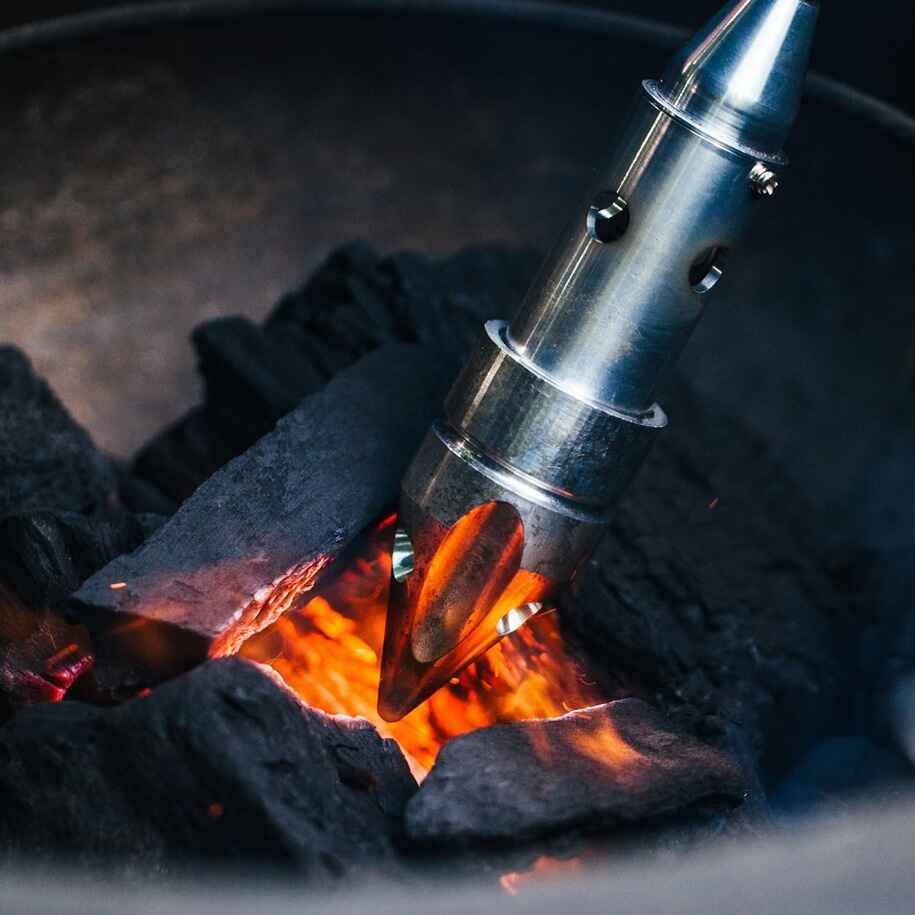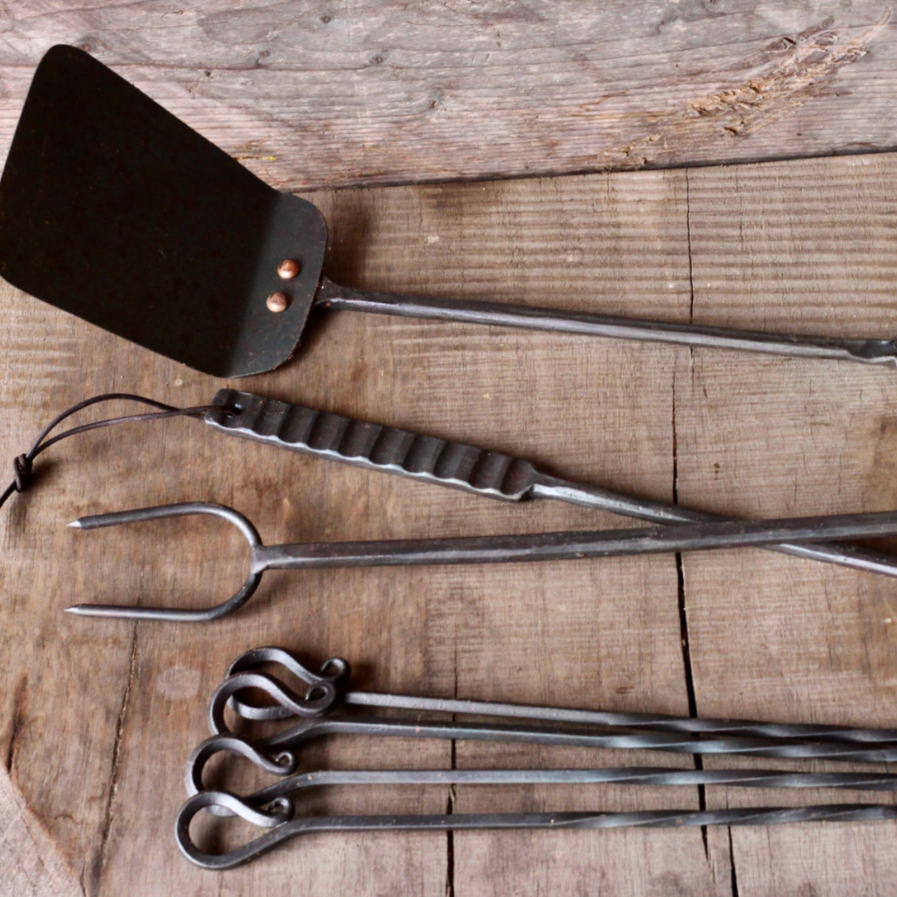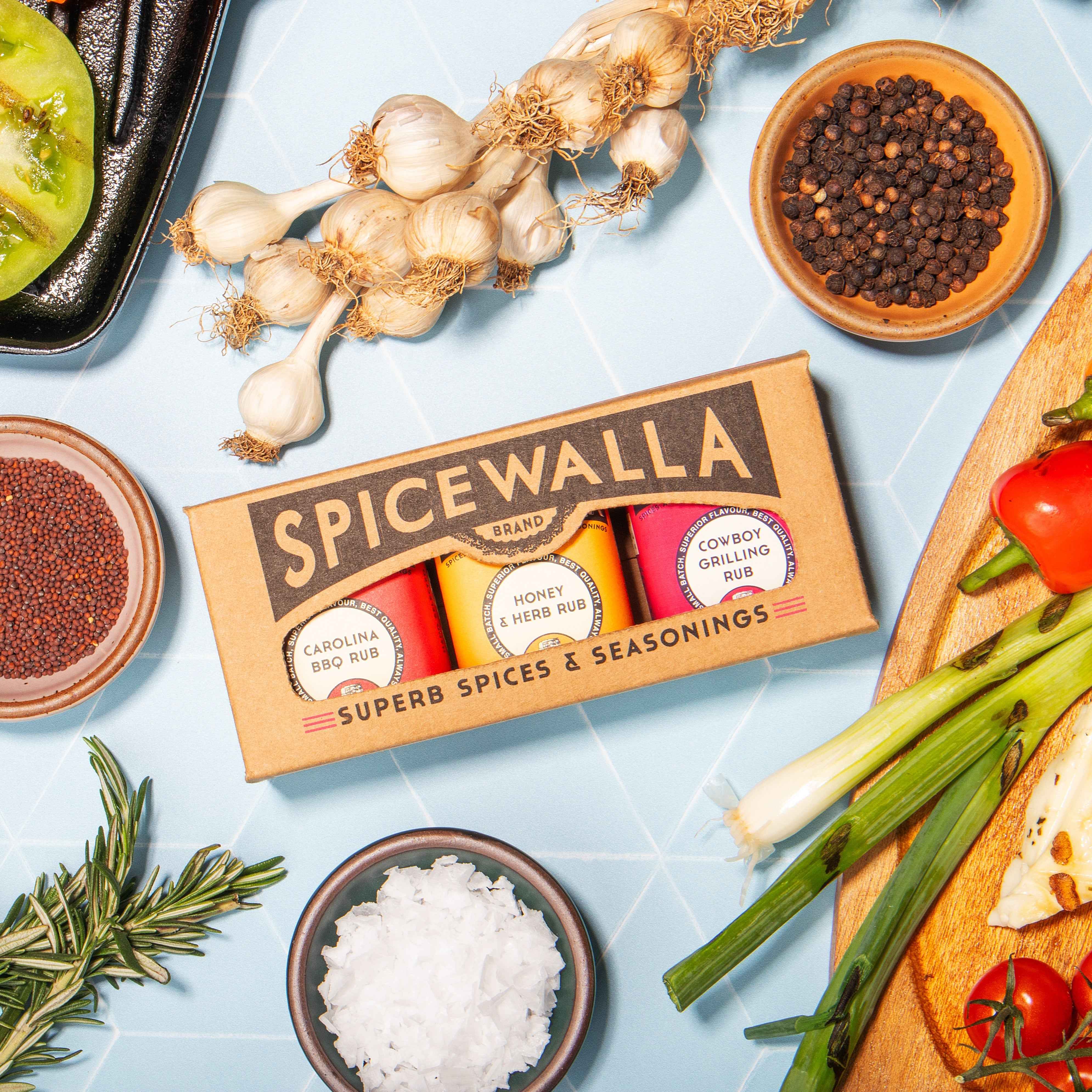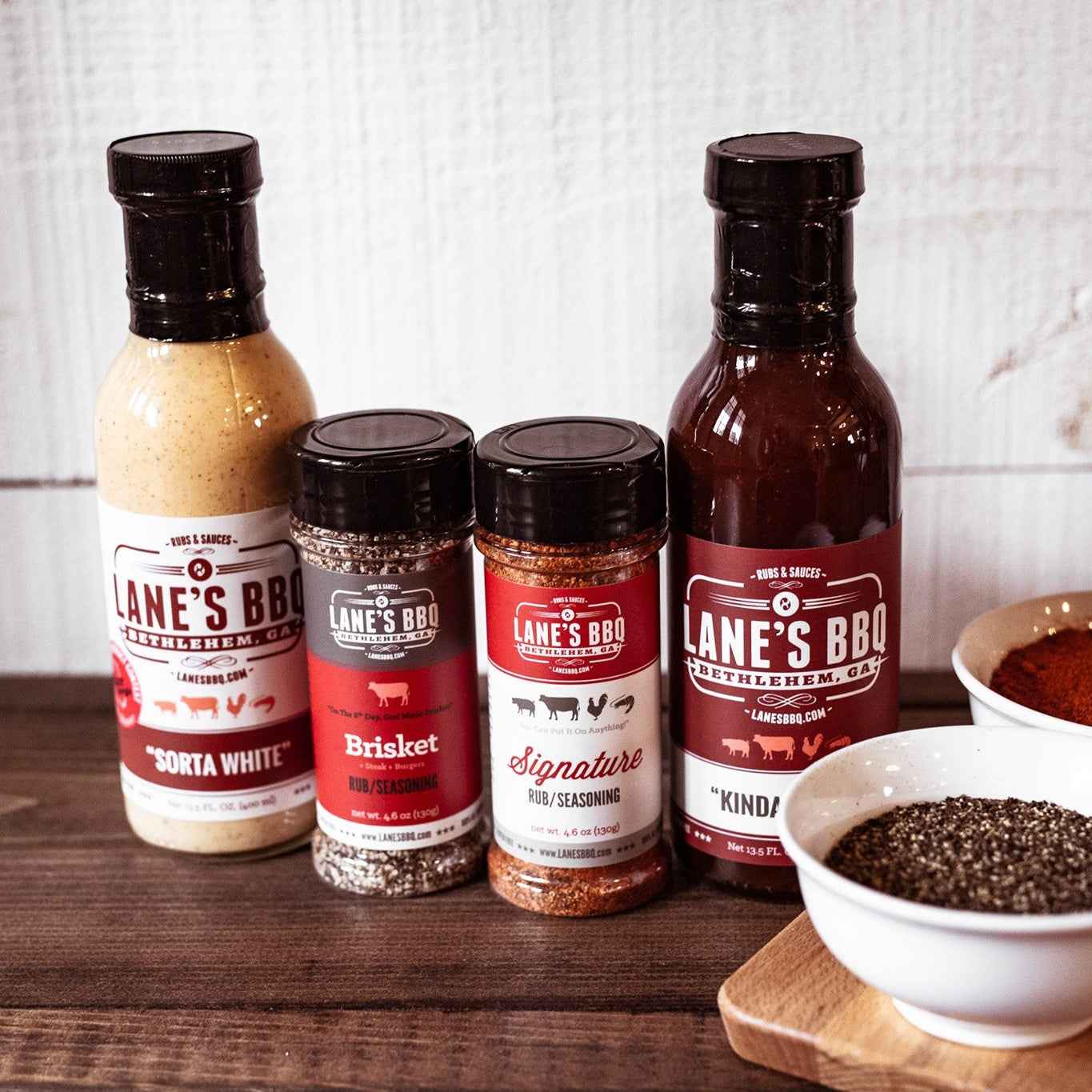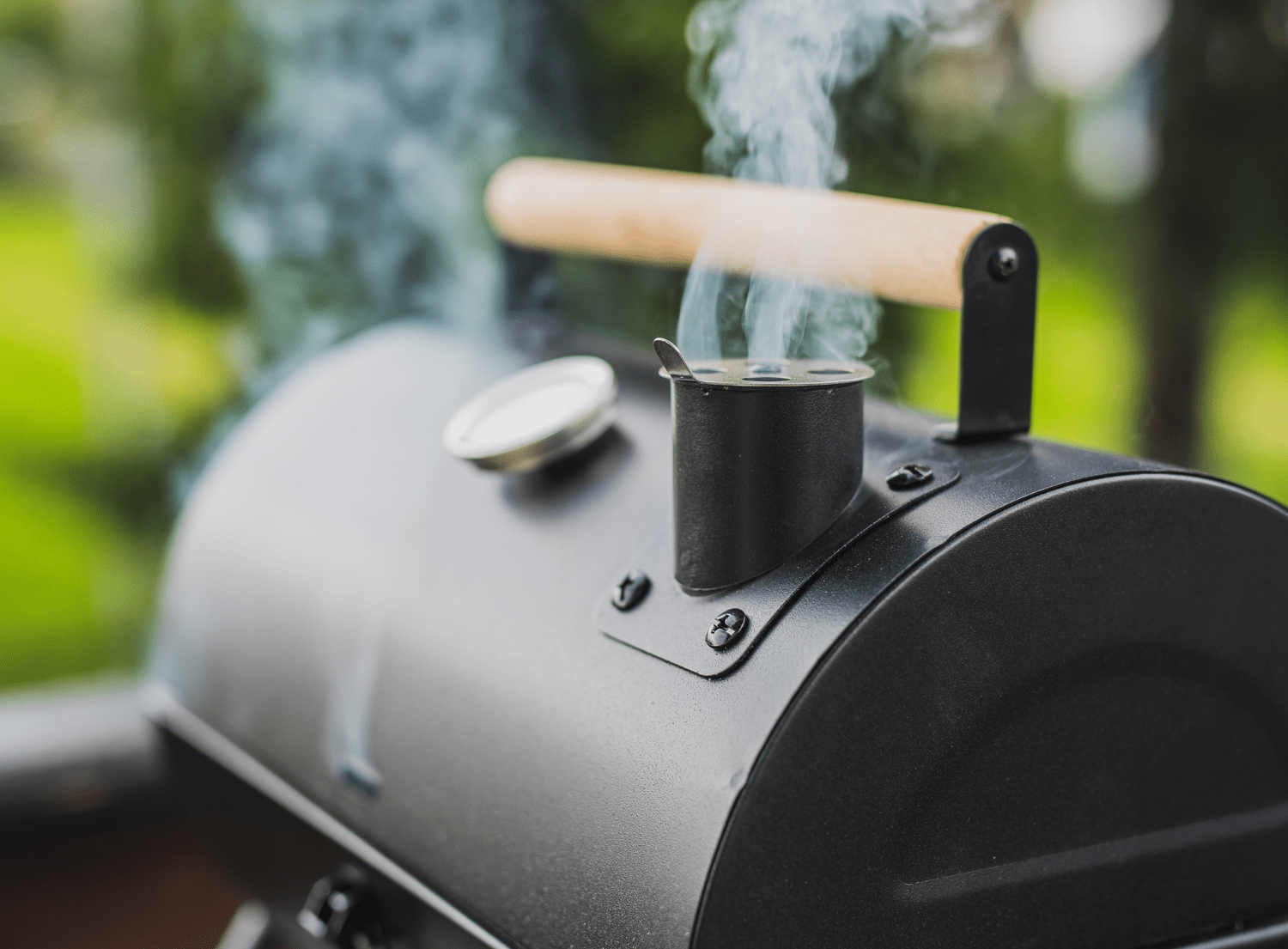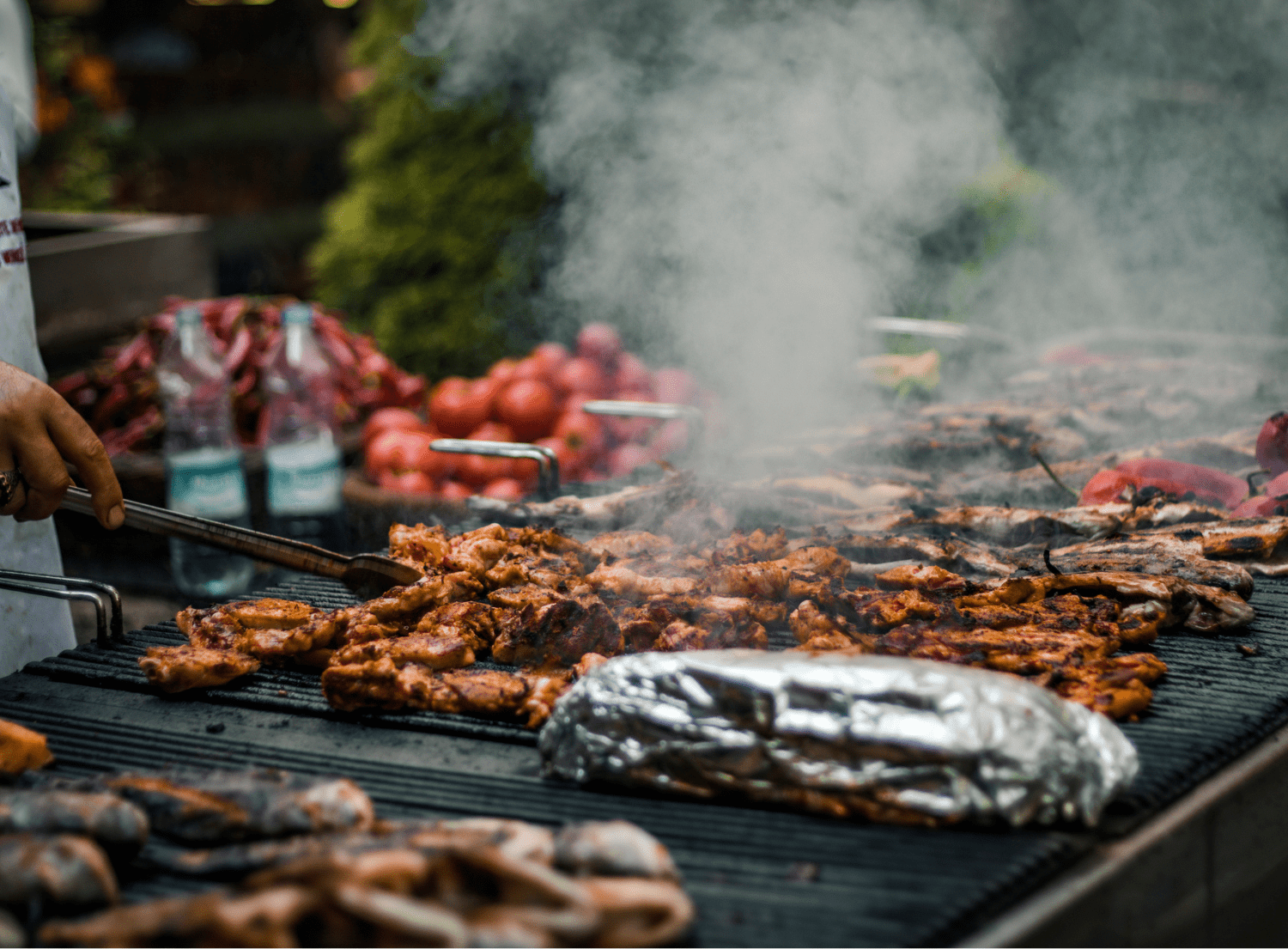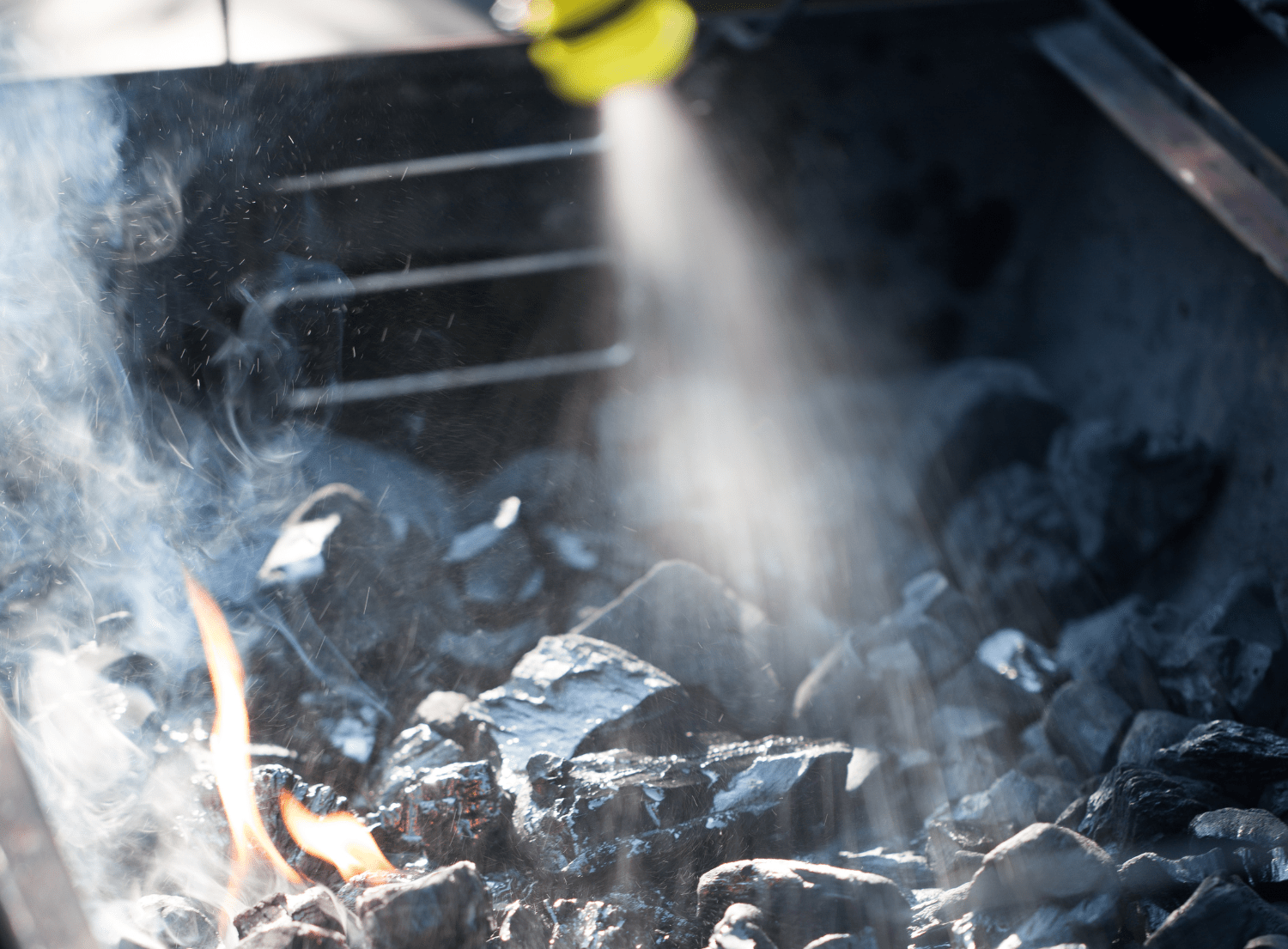Smoking meat on the grill is an age-old tradition that transforms ordinary cuts into succulent, flavorful masterpieces. For many, the essence of authentic barbecue lies in the slow, methodical process of cooking meat at low temperatures over live coals, infused with the aromatic flavors of hardwood smoke.
Whether you're the proud owner of a dedicated smoker or simply have a charcoal grill, mastering the art of smoking is a technique accessible to anyone willing to embark on a flavorful journey.
In this guide, we'll cover all the essentials of smoking, including practical tips for beginners looking to dive into the world of home-smoked meat.
What is Smoking?
In the world of barbecue, smoking refers to the art of slow-cooking meat at low temperatures over indirect heat, typically accompanied by the inclusion of wood chunks, chips, or logs to infuse the meat with aromatic smoke. This culinary process not only imbues the meat with a delightful smoky essence but also ensures its tenderness through gradual, gentle cooking.
Smoking stands as a time-honored method within barbecue circles, renowned for crafting delectable dishes like brisket, ribs, pulled pork, and an array of other flavor-packed delights.
Smoking vs Charcoal Grill
Smoking and grilling represent two distinct approaches to barbecue cuisine, each offering its own array of flavors and culinary experiences. The main distinction between them lies in their design and cooking methods.
Grilling
A charcoal grill is engineered for hot and fast cooking, with the heat concentrated in an open space directly beneath the food. That's why grilling involves cooking meat directly over high heat for a short period, resulting in charred exteriors and juicy interiors.
Smoking
Smoking employs a slower method, cooking meat at lower temperatures over indirect heat for an extended duration. This allows the meat to absorb the extra flavor of wood smoke, resulting in tender, succulent dishes.
While grilling is suited for quick meals like burgers and steaks, smoking is reserved for more leisurely occasions, yielding melt-in-your-mouth delicacies such as brisket, ribs, and pulled pork. At the end of the day, both methods provide delicious outcomes, catering to various tastes and preferences within the barbecue community.
The Benefits of a Smoker Grill
Smoking provides a range of benefits that elevate the culinary experience. Firstly, it imparts a distinct smoky flavor to food without the risk of burning. Additionally, smoking creates a tangy crust, known as "bark," on the meat's surface.
For many, this is regarded as the pinnacle of flavor. Furthermore, this method yields tender, juicy meat that retains its natural juices, ensuring a delectable dining experience. Moreover, smoking is ideal for delicate meats, as the low-and-slow cooking process prevents them from drying out. Finally, the slow-cooking nature of smoking may offer health advantages, as it reduces the formation of oxidants in the body compared to faster cooking methods.
Getting Started with Charcoal in Smoker
Choosing the Right Equipment
While dedicated smokers like the Weber Smokey Mountain Cooker are excellent for producing mouthwatering barbecue, you can achieve fantastic results using a standard charcoal grill. This is thanks to the fact that charcoal grills allow for precise and consistent temperature control and heat distribution, essential elements for successful smoking.
Selecting the Best Charcoal
Choosing the right charcoal is paramount when smoking on the grill. While both lump charcoal and lit briquettes have their merits, lump charcoal is often favored for its purity and ability to burn hotter and cleaner. We recommend avoiding lighter fluid additives, as they can impart unwanted flavors to your meat and create excessive ash buildup.
Achieving the Perfect Smoke
The key to great barbecue lies in achieving the perfect balance of smoke and heat. To enhance flavor and aroma, consider incorporating wood chips or chunks into your charcoal mix. Hickory, mesquite, and fruitwoods like apple or cherry are popular choices, each imparting its own unique character to the meat.
Temperature Control Techniques
Maintaining a steady temperature is essential for successful smoking. Whether you're cooking low and slow or hot and fast, mastering temperature control is the key to tender, juicy meat. Here are some techniques to help you achieve steady heat:
Indirect Heat
Position the charcoal on one side of the grill and place the meat on the opposite side to cook indirectly. This method allows for slow, even cooking without the risk of flare-ups.
Water Pans
Adding a water pan to your grill can help regulate temperature and humidity, creating a moist cooking environment that prevents the meat from drying out.
The Minion Method
Popularized by barbecue enthusiasts, the Minion Method involves filling the charcoal grate with unlit coals and adding a small amount of lit coals on top. This method provides a long, steady burn without the need for constant monitoring.
Our Top Smoking Techniques and Tips
Slow Smoking for Tender Results
For long cooks like brisket or pulled pork, slow smoking is the name of the game. Aim for a low and slow smoke by keeping your cooking temperature around 225-250°F (107-121°C). This will allow you to achieve melt-in-your-mouth tenderness.
Enhancing Flavor with Wood
Experimenting with different wood varieties can take your barbecue to the next level. Whether you prefer the bold, smoky flavor of hickory or the sweet, fruity aroma of applewood, there's a smoking wood to suit every palate. Soak wood chips or chunks in water for at least 30 minutes before adding them to the charcoal to prevent them from burning too quickly.
Mastering the Smoke Ring
One hallmark of great barbecue is the coveted smoke ring, a pinkish-red band that forms around the edges of the meat. Achieving the perfect smoke ring requires a combination of low and slow cooking, proper airflow, and the right balance of smoke and heat.
Common Pitfalls to Avoid
While smoking on the grill can yield spectacular results, there are some common pitfalls to watch out for:
Excessive Heat
Avoid cooking at temperatures above 300°F (149°C), as this can cause the meat to cook too quickly and become tough and dry.
Flare-Ups
Keep an eye on your grill to prevent flare-ups, which can result in uneven cooking and charred meat.
Over-Smoking
Too much smoke can overpower the natural flavor of the meat. Aim for a thin, blue smoke rather than thick, billowing clouds.
Lighting your Grill or Smoker
Are you ready to ignite your grill or smoker hassle-free? The RocketFire™ Fire Starter is an innovative solution that offers unmatched convenience for lighting without the need for lighter fluid. In mere seconds, it effortlessly ignites wood or charcoal, simplifying the process of lighting fire pits. Featuring a state-of-the-art Tri-Flame Cone Tip, it ensures uniform flame distribution, resulting in quicker and more consistent lighting. Crafted with a stainless steel tip that creates a wide 60-degree tri-flame spread, this firestarter outperforms others in efficiency.

